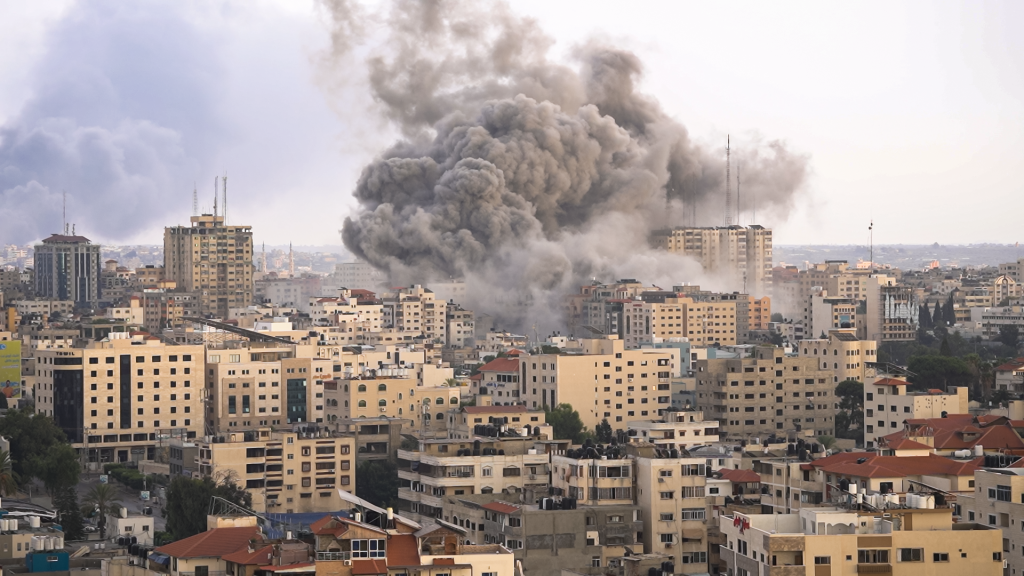
The words “There is no pity, there is no humanity,” spoken by Rafiq as she guided her blind husband Ahmed Daif Allah through days of walking between Gaza City and the south, cut through the din of political commentary and military briefings. They are not a simple expression of sympathy they are a witness to the unremitting turbulence that has defined life for Palestinians in Gaza for nearly two years of war.
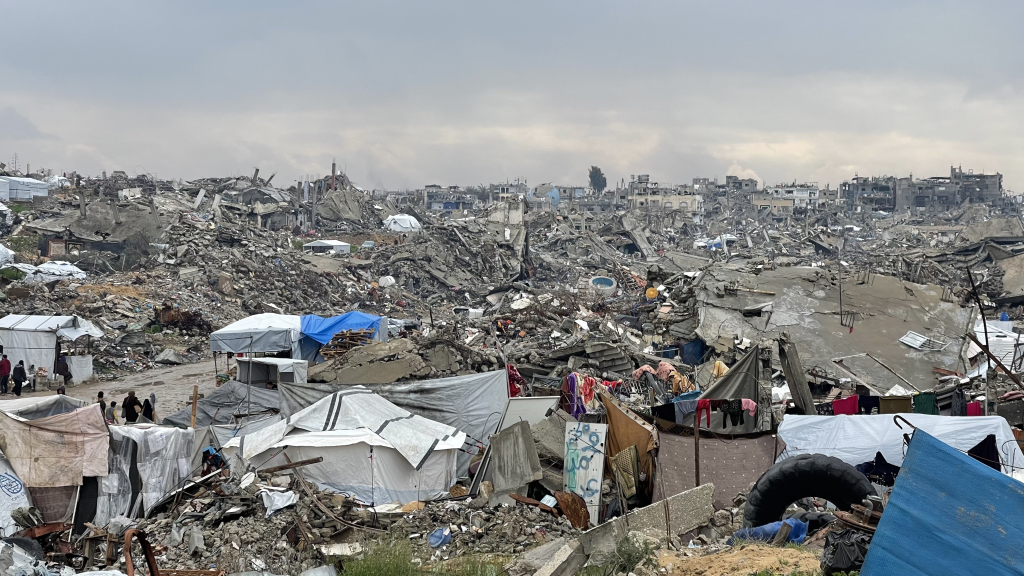
1. A Perpetually Moving Population
As of mid-August, 270,000 Palestinians have departed Gaza City under new Israeli evacuation orders, as per Gaza officials. This is following a series of displacement waves since October 2023 when Israel initially evacuated citizens to the south following a Hamas attack that killed about 1,200 and held hundreds hostage. And those who had been compliant were told to resettle again north in 2024 from Rafah and Khan Younis, and now in September 2025, south once more. The UN puts the estimate of 90% of Gaza’s 1.9 million people internally displaced, and many resettled many times.
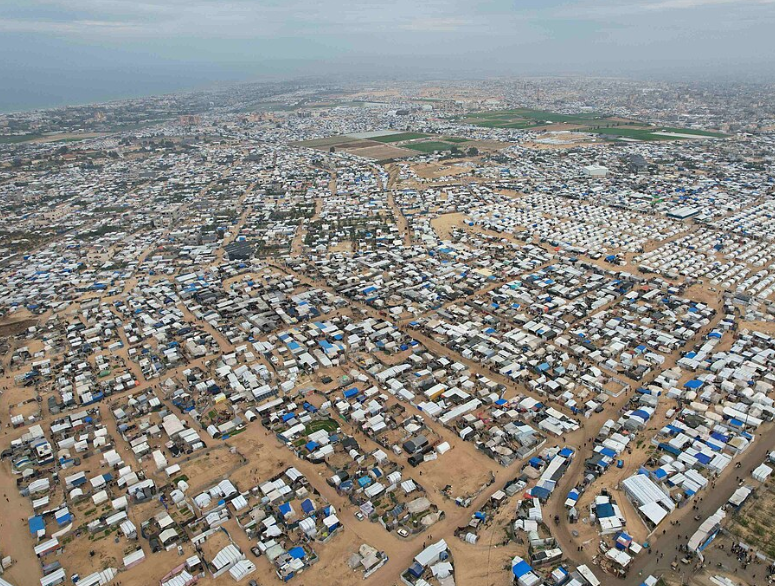
2. The Illusion of ‘Safe Zones’
Al-Mawasi, a sandy coastal region to the west of Khan Younis, was announced by Israel in December 2024 to be a “humanitarian zone.” But it has been repeatedly bombed, including a July 2025 bombing that took the lives of 90 and injured 300. Restrictions have been slashed on short notice, diminishing the zone by as much as 15%. The Norwegian Refugee Council found that tents there will have 10–15 people, 85% of the camps having no latrines and half of none who are given any food assistance. “Families are fleeing one hellscape to end up in another,” said a UNICEF spokesman to the BBC.
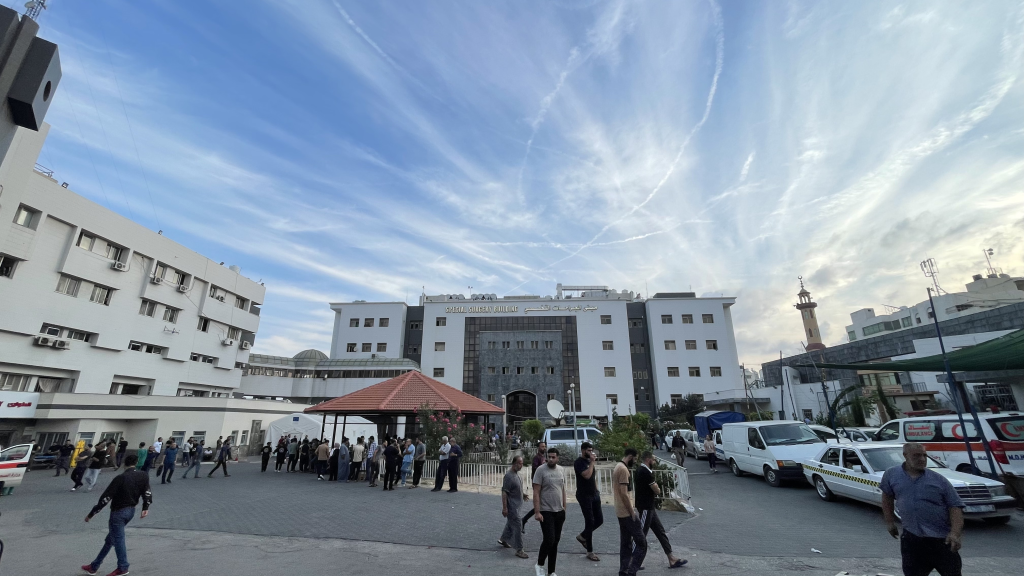
3. Humanitarian Collapse
Aid has been restricted and has worsened the crisis. August 2025 saw an average of 69 aid trucks entering Gaza per day, the lowest number since October 2023. The UN-backed Integrated Food Security Phase Classification confirmed famine in Gaza Governorate and forecast that it would spread to two other governorates within weeks. Facilities like Al-Shifa and Al-Ahli operate at three times their capacity with mass casualty events on a daily basis. More than 65,200 have died since the war started, and half of them were women and children.

4. Psychological Impact of Cyclical Displacement
A recent survey among Gaza medical students found that 97% experience mild depression or worse, 84% anxiety, and 63% have strict criteria for PTSD. The young adults who were surveyed had frequently been displaced several times, lost family members, experienced house destruction, and experienced severe deprivation. PTSD was never isolated most of the participants suffered depression, anxiety, and stress simultaneously. As one study cited, “The Palestinian psyche has been shaped by repeated cycles of mass displacement since 1948 with resulting transgenerational trauma.”
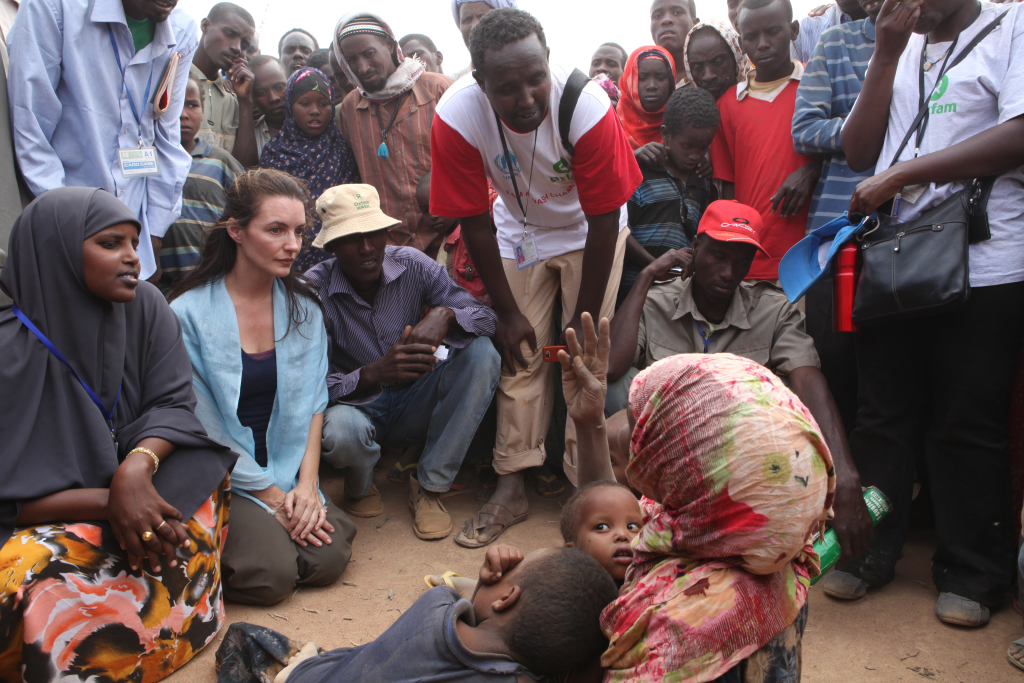
5. Culture-Based Coping Mechanisms
Despite the devastation, Palestinians have developed coping mechanisms that are deeply rooted in culture and community. Research lists five most common methods of coping creating cultural and religious meaning, becoming deindividualized and shifting to collectivism, habituation and normalization, establishing belonging and preparation, and drawing on social support networks. The coping mechanisms enable a sense of identity and meaning to continue even in the face of persistent loss.
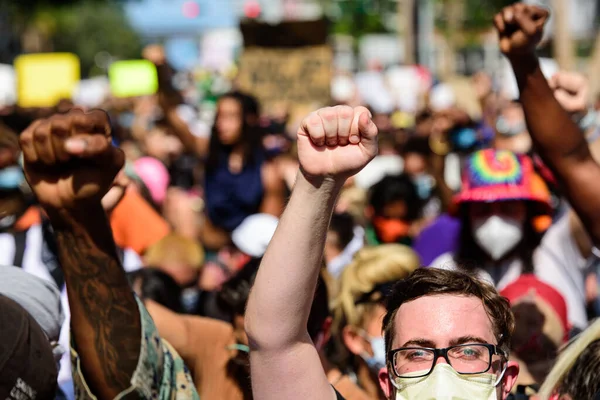
6. International Law and Accountability
The UN Independent International Commission of Inquiry has accused Israel of four of the five acts of genocide codified in the 1948 Genocide Convention, including “deliberately inflicting conditions of life calculated to bring about the destruction of the Palestinians.” Israel rejects the reports as “cherry-picked” and politicized. Humanitarian agencies insist that the forced displacement of civilians without actual security or return guarantees is a serious violation of the Fourth Geneva Convention.
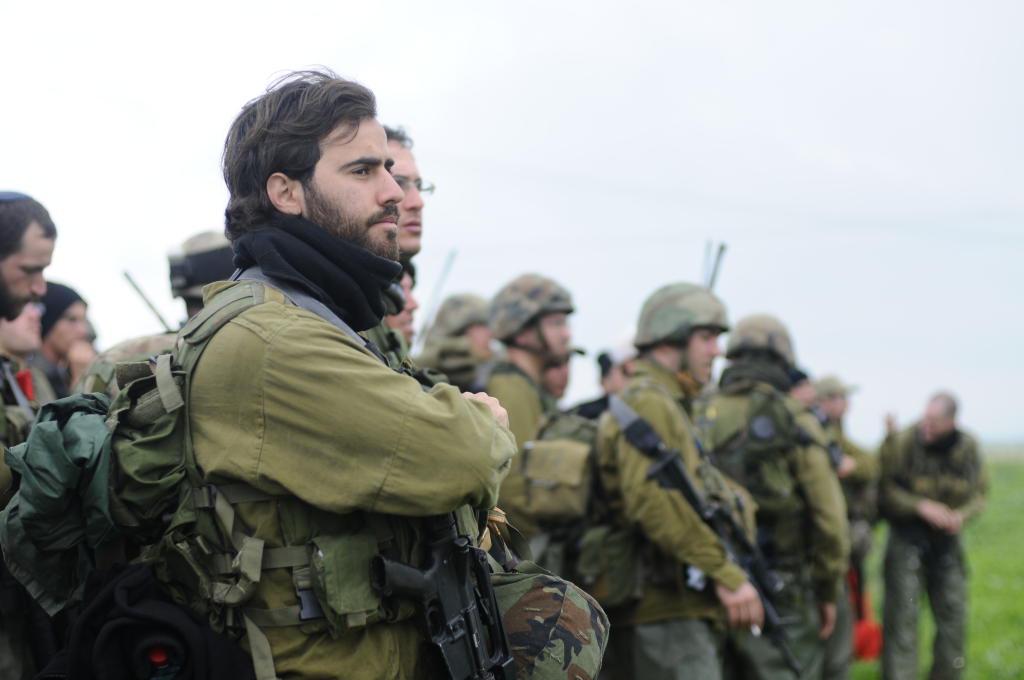
7. The Geopolitical Stalemate
Peace negotiations have collapsed. The January 2025 hostage-ceasefire agreement collapsed in March, and deepened Israeli military action followed. International actors are split between those, like the UK, France, and Canada, who will recognize a Palestinian state and others, like the US, that are aligned with Israel’s security efforts and other aid mechanisms. Meanwhile, the Arab League’s reconstruction plan, without Hamas and the Palestinian Authority, has been rejected by Israel.
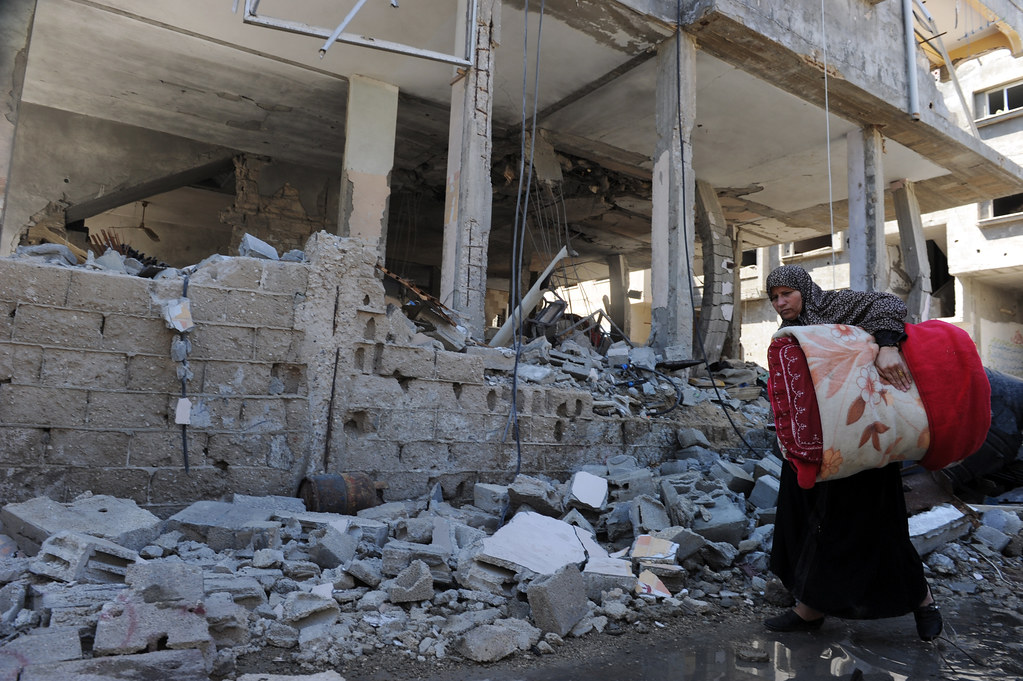
8. Routes to Emotional Survival
Mental health practitioners underline the importance of building resilience in war zones. For civilians in Gaza, this may mean re-establishing spiritual practices, maintaining community bonds, and noticing small rituals that anchor daily life. Social support in even crowded shelters can serve as a guard against the corrosive effects of trauma. Aid groups advocate for mental health services to be part of humanitarian assistance, especially to vulnerable groups such as women and children, in the treatment of both acute and chronic psychological trauma.
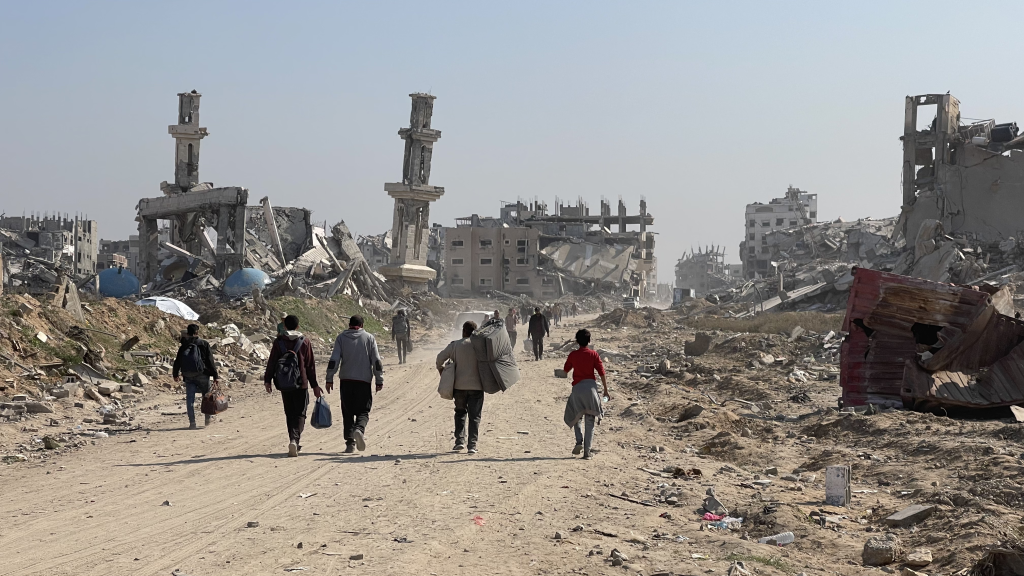
The Gaza displacement cycle is not only a logistical crisis it’s a profound human tragedy that consumed the physical, emotional, and cultural fabric of a people. And yet, in the crowded tents of al-Mawasi and the ruins of Gaza City, there remains resilience albeit not as an entitlement, but as a lifeline.


